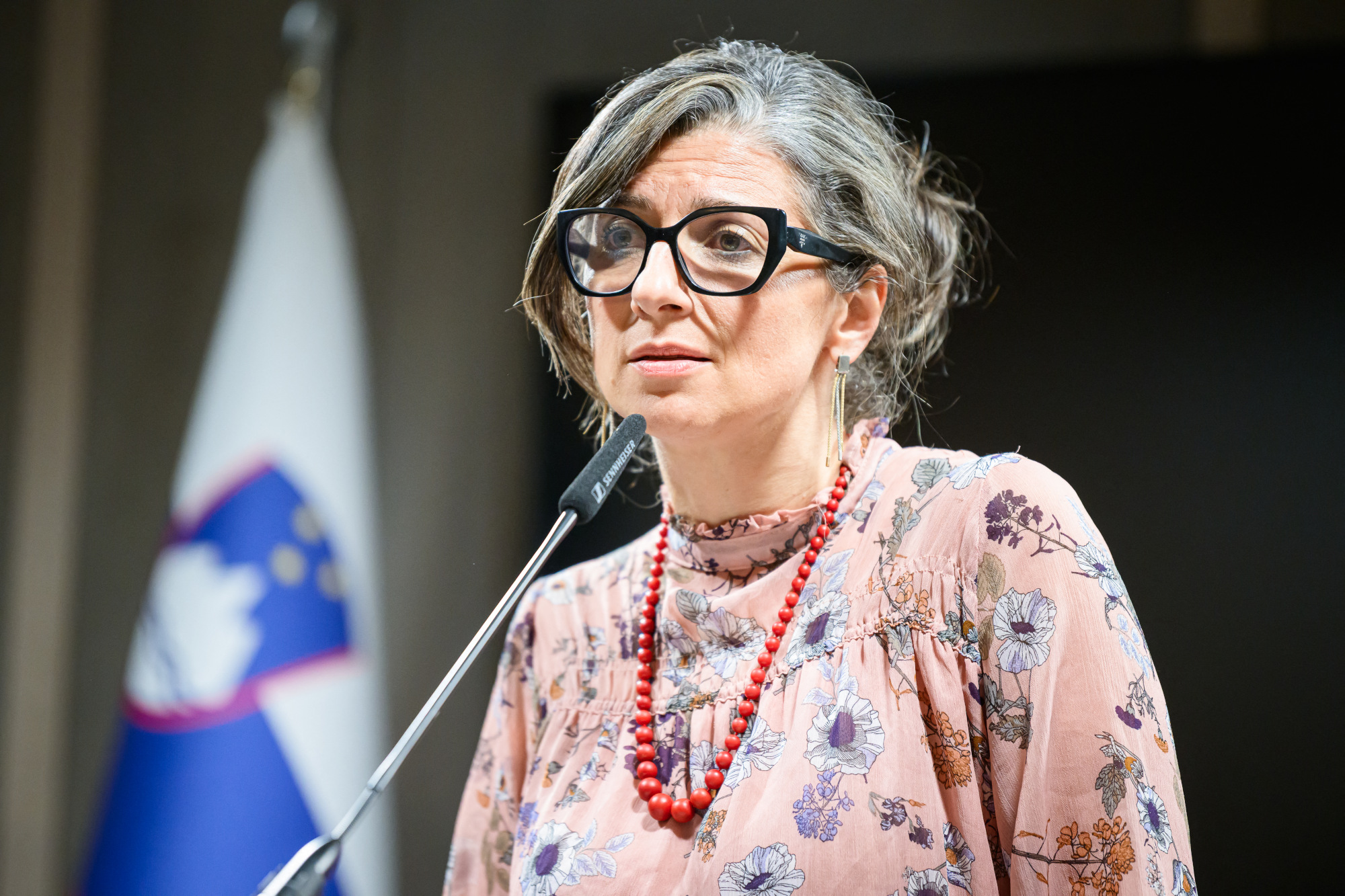Scott Newstok, who is a professor of English at Rhodes College and the author of this excellent book, sent me a couple of interesting articles on higher education. In the London Review of Books, William Davies examines how online education, though it might work for “forms of learning that involve information-processing and problem-solving,” does a poor job of teaching students how to think and write:
A first principle of any online teaching (arguably of any online interaction) is that it shouldn’t attempt some perfect simulacrum of a face to face encounter. The mediation of teaching by screens, cameras and keyboards changes things, and these differences have to be accommodated. Some schools — notably those with more privileged, technologically better-equipped students — tried to provide as many “live” online lessons as possible during lockdown, a way of reassuring pushy parents and a hostile media that teachers were still “working”. But an Ofsted guidance note from January 2021 cautioned against the assumption that live lessons are the “gold standard” of remote education. It is difficult for pupils to sustain concentration for the duration of a class, and for the teacher to get a meaningful dialogue going or give proper feedback in a Zoom class of thirty children. Instead, Ofsted recommended using “recorded lesson segments followed by interactive chats, or tasks and feedback”. The tutorials in online teaching technique that my academic colleagues and I were required to take in summer 2020 also stressed the importance of breaking material down into “segments” and interspersing them with something interactive, so that a student could potentially complete a “lecture” in fifteen-minute chunks spread over a few days, if it suited them. The interactive element might involve automated feedback of some kind: a quiz, for example, with the student given their score on completion. The opportunity for constant assessment is there, but the primary purpose of interrupting teaching videos with regular tasks is to sustain student engagement.
There may be very good reasons for delivering online teaching in segments, punctuated by tasks and feedback, but as Yandell observes, other ways of reading and writing are marginalized in the process. Without wishing to romanticize the lonely reader (or, for that matter, the lonely writer), something is lost when alternating periods of passivity and activity are compressed into interactivity, until eventually education becomes a continuous cybernetic loop of information and feedback. How many keystrokes or mouse-clicks before a student is told they’ve gone wrong? How many words does it take to make a mistake?
In the utopia sold by the EdTech industry (the companies that provide platforms and software for online learning), pupils are guided and assessed continuously. When one task is completed correctly, the next begins, as in a computer game; meanwhile the platform providers are scraping and analyzing data from the actions of millions of children. In this behaviorist set-up, teachers become more like coaches: they assist and motivate individual “learners”, but are no longer so important to the provision of education. And since it is no longer the sole responsibility of teachers or schools to deliver the curriculum, it becomes more centralized — the latest front in a forty-year battle to wrest control from the hands of teachers and local authorities.
Davies notes how students interact with texts — browsing for relevant information and copying and pasting what’s needed into papers — like machines rather than people who are exploring ideas.
Researchers at Harvard, who have recently completed a wide-ranging study of higher education in America, concluded that students are not being taught to think (ignore the absurd acronym). The Times Higher Education reports:
Their analysis centers on a metric they created, termed HEDCAP: “higher education capital”. By this, they mean the ability of students to attack, analyze and reflect on challenges and communicate on issues of importance. They measured it by asking students forty open-ended questions covering the academic and non-academic sides of campus life, as well as more general conceptions of higher education. Examples include how they spend free time, how they would change course structures, and what they think of their campus housing.
Drawn from cohorts of first-year students, graduating seniors and young alumni, the results showed that students usually grow on their HEDCAP measures during the years they spend in college, but not afterwards. Moreover, HEDCAP levels remain low overall. Not even a third of graduating seniors scored at the top level of the three-point HEDCAP scale. In one example that the authors noted with particular disgust, many students couldn’t name a book they would suggest to others at their institution. Those books that were recommended were typically high school-level texts, such as To Kill a Mockingbird or The Catcher in the Rye, or books typically read at even lower school grades.
In a nutshell, The Real World of College argues that US college students aren’t being encouraged to spend their four years exploring and thinking and improving the world, nearly as much as they’re being told to conform, perform and find their slot in the system.
What’s their solution? Focus on the liberal arts: “‘There are many students who come to college with their minds open and wanting to learn,’ Fischman tells THE. ‘Unfortunately, they are getting mixed messages and mis-messages’ about the need to concentrate on their employment prospects. ‘Higher education needs to get back to its mission of educating students and talking about intellectual growth, and embodying that from day one of when students come on to campus.’”
The problem, of course, as Emma Camp writes in Monday’s New York Times, is that most universities are not at all interested in talking about ideas. Perhaps we’ve been thinking about wokeism all wrong. Maybe it’s an efficiency gain for university presidents? After all, who needs whole departments devoted to teaching students how to think when all they need to know is what to think?
In other news
The Habsburg Empress in her time:
Empress Maria Theresa is a small and distant figure in British historical memory. Insofar as she figures at all, it is probably as the Austrian monarch in whose reign Richard Strauss and Hugo von Hofmannsthal set their operatic hit of 1911, Der Rosenkavalier, that nostalgic evocation of an idealized Habsburg ancien régime, all rococo curlicues, powdered wigs and schmaltz. In the German-speaking world, however, and especially in Austria, the core of the vast agglomeration of lands she ruled from 1740 to 1780, Maria Theresa remains a towering figure: the war leader who took on her nation’s would-be invaders and won; the beneficent and lovable “mother of the nation”; the reformer of government and civil service who laid the foundations of the modern Austrian nation-state. Imagine Elizabeth I, the late Queen Mother and Mrs Thatcher all rolled into one and you have some idea of her place in national myth.
Clue emerges in the unsolved Gardner Museum art heist: “Boston police officers tell local media that the 1991 murder of Jimmy Marks might be linked to modern history’s biggest art heist.”
Gustav Jönsson reviews Adolph Reed’s Jim Crow and Its Afterlives:
Adolph Reed, who is a University of Pennsylvania emeritus professor of political science, hails from the last generation that consciously experienced the Jim Crow system. Born in 1947, he grew up in segregated New Orleans and Arkansas in middle-class circumstances. Though his family came from the South on both sides, he spent some early years in New York and Washington, D.C., where he attended an integrated elementary school. Moreover, since his family traveled extensively in the South, he often had to be reminded of the local variations of Jim Crow: Segregation rules thus never became second nature to him. He recalls an episode from his childhood when he took the New Orleans ferry with his grandmother. The deck was bifurcated by chicken wire, with whites on one side and blacks on the other. He asked his grandmother why that was. She replied in a tone meant to be overheard by the white people in front: “Well, you see, a lot of crazy people ride this ferry, and they have to sit on the other side.” Reed’s new book, The South, proceeds from Reed’s reminiscences of quotidian life under Jim Crow and the years of its dissolution, but it is no memoir. Its purpose is to make points. Reed comes from the Marxist Left. He thus views the Jim Crow system not merely as the outgrowth of racial ideology but also as class oppression. One of his leitmotifs is that class interests, specifically employment and production relations, were fundamental to Jim Crow. “While the segregationist system was clearly and obviously racist and white supremacist,” he writes, “it wasn’t merely about white supremacy for its own sake alone.” The ruling elites used white supremacy as an instrument of political and economic power to secure their own class privileges, hence it was “as much a cover story as a concrete program.”
Daniel James Sundahl reviews D.G. Hart’s American Catholic: The Politics of Faith During the Cold War, which didn’t get the press it deserved when it was published a few years ago: “Professor Hart’s story traces how ‘Roman Catholics became such prominent players in conservative circles’ and, as he writes, allows the reader to ‘understand the affinity and tension between national and Roman Catholic tradition and ideals.’”
I am a big fan of Arvo Pärt’s music and recommend some of my favorite pieces in my latest column:
Atonal music is anti-hierarchical. It is supposed to give each note its full presence by not linking it to a tonal center. What’s striking is how completely atonal music fails to do this. The notes of Webern’s Variations, Op. 27, for example, are flat and forgettable. Their independence from a complex structure, where they have no discernible melodic relationship to the other notes in the composition, does not give them a presence. It erases it. But the opposite is the case in Pärt’s Fratres… Pärt converted to the Orthodox church sometime before Fratres, and his work expresses his view that in life “sorrow and consolation, brokenness and wholeness” are intertwined, as Peter C. Bouteneff puts it in his excellent Arvo Pärt: Out of Silence.

























